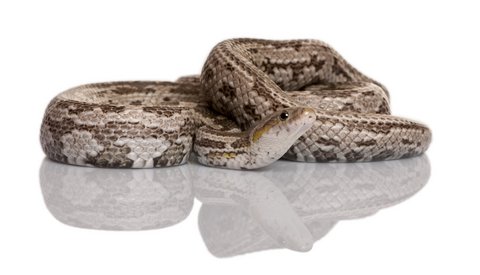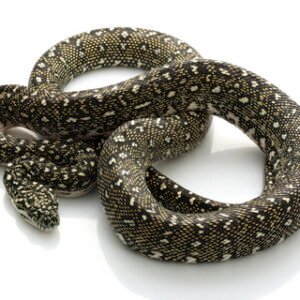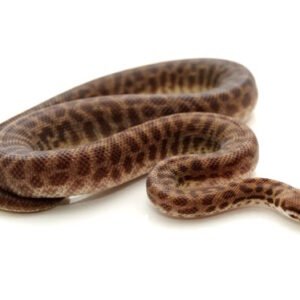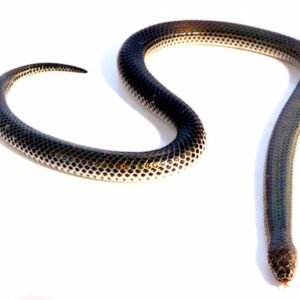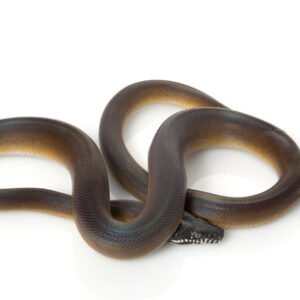Characteristics of Baird’s Rat Snake
The Baird’s Rat Snake, scientifically known as Pantherophis bairdi, is recognized for its remarkable physical features and unique behavioral traits. This non-venomous member of the colubrid family showcases a body length that typically ranges from 4 to 6 feet, although some individuals may exceed this length. One of the most distinctive aspects of Baird’s Rat Snake is its coloration, featuring a base of olive green to grayish tones adorned with black or dark brown blotches. These markings not only enhance its visual appeal but also serve as effective camouflage against predators.
The Baird’s Rat Snake is characterized by its slender build and elongated body, which contribute to its agility. One notable behavioral trait is its propensity for climbing, often seen perched on tree branches or other elevated surfaces in search of prey. Their diet primarily consists of rodents and birds, and they display a keen ambush hunting strategy that involves stealth and quick strikes. Additionally, these snakes exhibit a calm temperament, making them suitable for keeping as pets, though they may exhibit defensive behaviors such as coiling or hissing when threatened.
Reproductive patterns of the Baird’s Rat Snake are intriguing; it is oviparous, meaning that females lay eggs rather than giving birth to live young. The breeding season typically occurs in spring, following a period of brumation—similar to hibernation. Females can lay between 6 to 20 eggs, which they incubate until they hatch after approximately 60 to 70 days. Lifespan is another noteworthy characteristic; in captivity, these snakes can live up to 20 years, while in the wild, their lifespan may be considerably shorter due to environmental threats and predation. Overall, the Baird’s Rat Snake stands out as a fascinating reptile with unique adaptations and an engaging presence in the natural world.
Habitat and Care Requirements
The Baird’s Rat Snake (Elaphe bairdi) is native to a range of habitats across the United States, particularly in the central and northern regions, extending into parts of Mexico. This species is versatile, thriving in diverse environments such as woodlands, grasslands, and shrublands. In their natural habitat, Baird’s Rat Snakes are often found in areas where they can climb, as they are semi-arboreal, using trees and shrubs for shelter and hunting.
These snakes prefer habitats that provide ample cover, such as dense vegetation and rocky outcrops. The geographic distribution of Baird’s Rat Snakes indicates their adaptability to different climatic conditions, although they tend to favor warmer environments. This adaptability makes them resilient and capable of surviving in various ecosystems.
For individuals considering Baird’s Rat Snake as a pet, understanding their care requirements is essential for the animal’s health and well-being. An ideal enclosure should mimic their natural environment, providing a spacious and secure habitat, typically a glass terrarium or a suitable vivarium. The enclosure should offer climbing opportunities and hiding spots, using branches, logs, and plants.
Temperature and humidity control are crucial aspects of their care. Baird’s Rat Snakes require a temperature gradient within their enclosure, with a warm side of around 80-85°F and a cooler side ranging from 70-75°F. Humidity levels should be maintained at about 40-60% to ensure optimal shedding and health. Dietary preferences primarily include rodents, such as mice and rats, fed appropriately according to their size and age.
Common health concerns for Baird’s Rat Snakes include respiratory infections and mites. Maintaining cleanliness within their enclosure and ensuring proper nutrition are critical preventive measures. For potential owners, knowledge of successful husbandry practices, along with consistent observation of their pet’s behavior, will contribute significantly to their thriving in captivity.
baird’s rat snake

